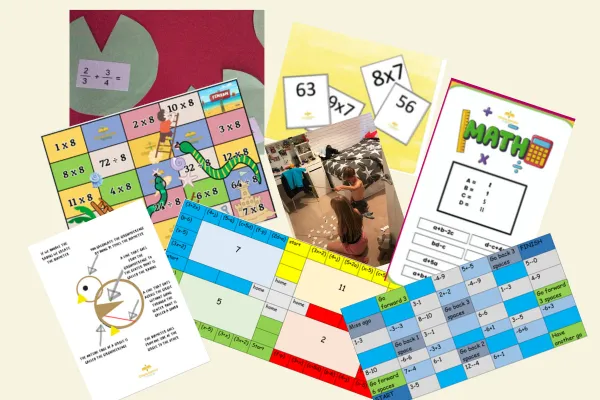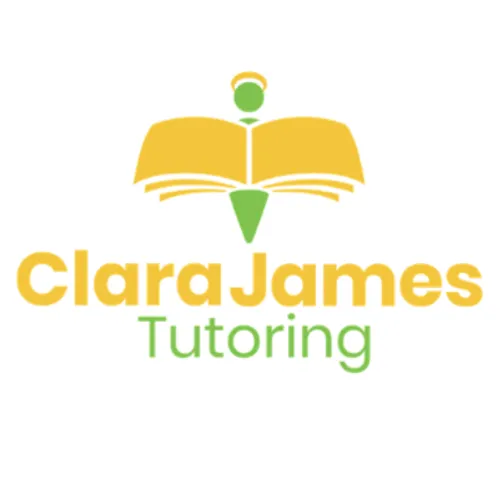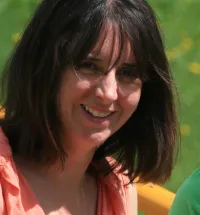Clara James Franchise
BLOG POSTS

What resources do you use in a maths lesson?
Because we believe that every child is unique, the resources we use will vary from lesson to lesson.
However, the following post will give you some guidance.
Before I explain the resources, we use, please can I explain briefly how I believe we learn. This is something that we have studied at Clara James Tutoring for the past 20 years, and implemented since the business was first established in 2012.
If we give a child or a student a worksheet for example to do, we are helping them to create one memory. If we give them a second worksheet on that subject, we will reinforce what they have learned, and make that memory stronger.
However, if they are in a situation where they are not thinking in a linear fashion, perhaps their teacher has just pounced on them for an answer, or they are sat in an exam, or they are dyslexic or similar, it is probable that their mind will not come across that one memory that they have made.
However, if we use multiple resources to help them to learn we will assist them in creating multiple memories increasing the chances that they will find the information that their brain is seeking.
So, as a basic example if we are practicing the times tables we might have a pairs game, a game of bingo, noughts and crosses (tic-tac-toe), a game of snakes and ladders or a board game where every square on the board relates back to the relevant times table you are focusing on.
We might also have a game of Jenga. Each brick has a number printed on it. As you remove the brick you must multiply it by your chosen times table. The person causing the tower to fall loses.
The use of games is based around the idea that if the child is relaxed, they are in a better state of mind to store the information that you are given. Games are also generally deemed as enjoyable so it is more likely a child will want to participate. The more they participate the more practice they get. With practice comes ability and confidence and it becomes a positive spiral.
Although I used times tables as a basic example, they can be adjusted to suit all needs such as the subjects covered in the higher GCSE maths paper.
We will also create mind-maps of how to solve things step-by-step or complete exam style questions. Ideally, we would use a combination of all the resources, but it is completely at the child’s discretion. We have worked with some children who never want to play games, others who never want to do worksheets. It’s their time, they know how they learn best, and our goal is to support and complement that.
If you are looking for a maths tutor and would like to chat more, please do get in touch: [email protected]
(PS. Most of the resources can be used online or face-to-face)


